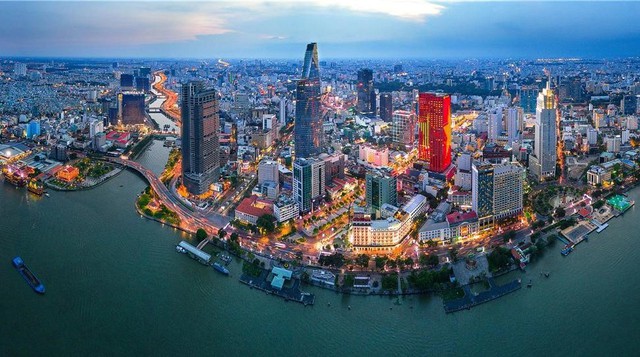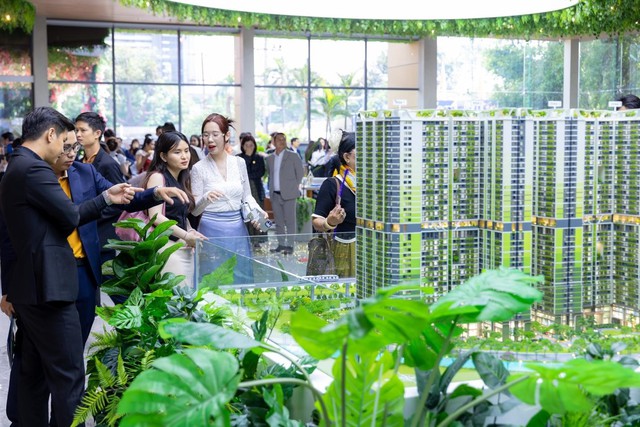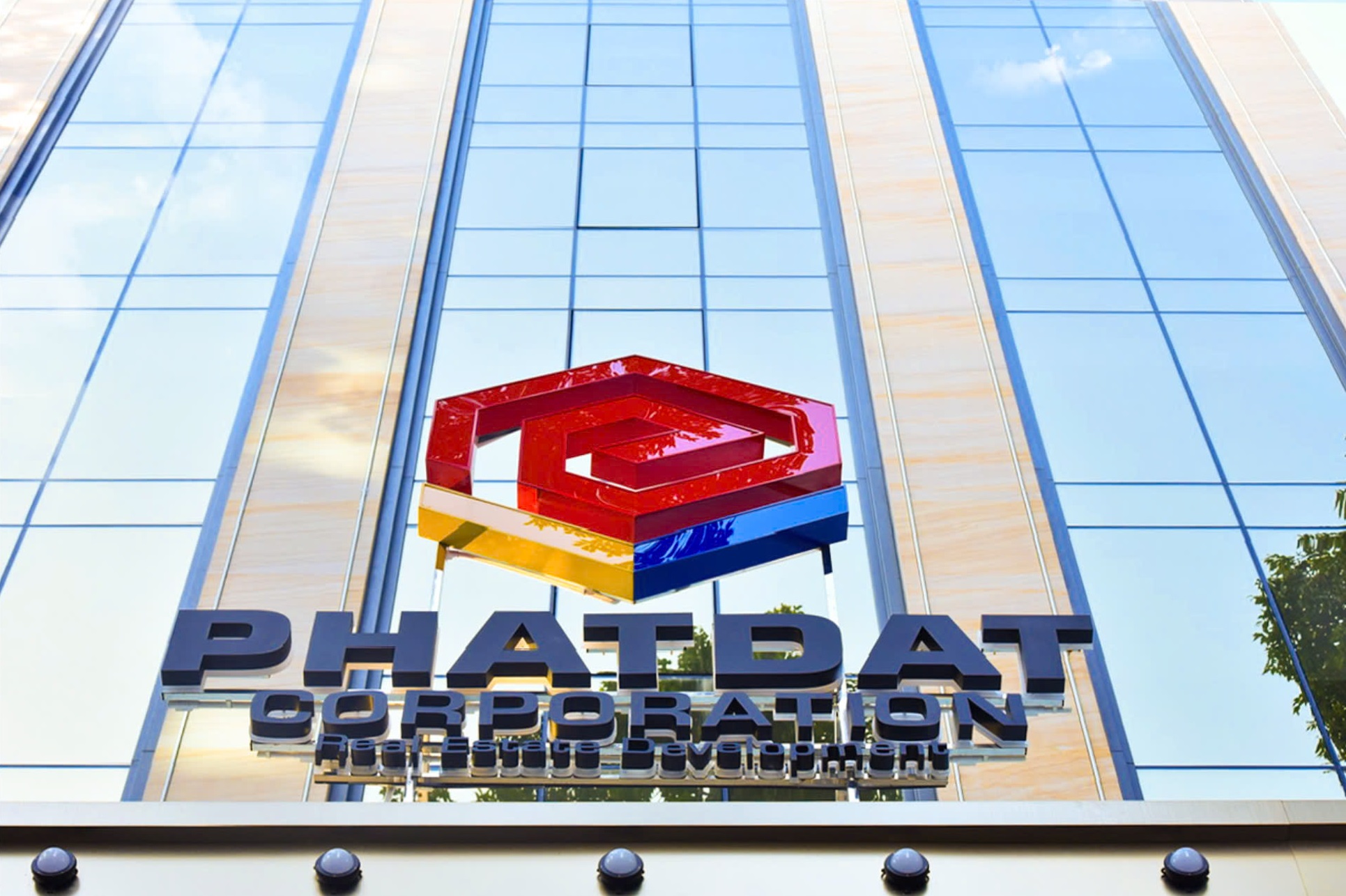What new opportunities await Ho Chi Minh City's real estate market after the merger?
The proposed merger is expected to be a pivotal turning point in administrative boundaries, ushering in a new era of growth for the entire real estate market in HCMC. With administrative barriers removed, the trend of population decentralization from HCMC’s inner city will become even more pronounced, driving up demand for housing and new urban areas in neighboring regions.
Opportunities from new development space
Recently, the HCMC People’s Committee finalized a summary of the overall plan for reorganizing specialized agencies post-merger. Accordingly, the new HCMC will span 6,772 km² with a population of over 13.7 million. GRDP of the new HCMC will reach VND 2.71 quadrillion, accounting for nearly 24% of the country’s current economic output. Following the roadmap, the new HCMC will officially commence operations on September 15, bringing fresh expectations for residents, businesses, and the economy.
The new HCMC accounts for nearly 24% of the country’s current economy.
According to Ms. Giang Huynh, Director of Research at Savills HCMC, the merger will create a new economic and urban hub with strong competitiveness, maximizing the natural, geographical, and infrastructural advantages of the three localities. Adjacent locations and synchronized transportation networks among the three regions will facilitate more efficient and effective economic and urban planning. Expanded administrative boundaries will enable population decentralization strategies, satellite urban development, and the construction of modern new urban areas. Additionally, transportation infrastructure, particularly roads, waterways, and seaports, will be synchronized, enhancing regional connectivity and logistics capacity.
With no more constraints from provincial-level planning, new land development opportunities will emerge, boosting the real estate market in outlying areas with a series of housing projects, satellite towns, and industrial and service zones to meet decentralization demands.
As a result, Binh Duong – one of the leading industrial hubs – will undergo a significant transformation as it becomes part of the central urban area rather than just a satellite of HCMC. This will reposition real estate values, especially in border areas like Thuan An (also known as Northeast HCMC), which already benefits from transportation infrastructure and services.
Post-merger, border areas like Northeast HCMC have the potential not only to become ideal residential zones but also to develop into innovative urban clusters thanks to vast land reserves, strong appreciation potential, and convenient transportation links. Given HCMC’s population pressure and overloaded infrastructure, decentralization is inevitable.
Surge in buying activity after merger announcement
Currently, the trend of population shifts from HCMC to Binh Duong, particularly Northeast HCMC, is becoming increasingly evident, especially as central HCMC property prices continue to rise and regional connectivity infrastructure improves. Market surveys show that HCMC apartment prices are 2 to 5 times higher than those in satellite areas, depending on location. This means the price appreciation potential for inner-city apartments is limited, while satellite-area apartments will see a significant boost post-merger.
Moreover, the expansion of key transportation routes, such as National Highway 13, Ring Road 3, Saigon Riverside Road, and Metro Line 2, will shorten commute times, enabling residents to “live in Northeast HCMC and work in central HCMC.” Heavy investment in infrastructure, amenities, and living environments is turning Northeast HCMC into an ideal destination for decentralization, opening new opportunities for the real estate market.
According to Batdongsan.com.vn’s April 2025 data, among HCMC’s neighboring markets, Binh Duong, particularly Northeast HCMC, leads in real estate interest in the southern region.
Market observations also show rising activity in both end-user and investor segments in Northeast HCMC’s apartment market. Notably, both groups are focusing on primary supply due to attractive sales policies. Thus, it’s no surprise that many new projects are experiencing strong liquidity.
On average, La Pura’s sales gallery welcomes 100–150 visitors daily and 250–300 on weekends for tours and show flat experiences.
For example, La Pura, developed by Phat Dat Real Estate Development Corporation, recently launched at a starting price of just 46 million VND/m² (fully furnished) and has garnered strong interest. The project offers an exceptional sales policy: buyers only need to pay 10% of the unit’s value until handover, with the remaining balance covered by bank disbursement. The developer also provides 24-month interest support and a 36-month principal grace period. Thanks to the competitive pricing and policy, 7–8 out of 10 visitors to the show flats reserve units. Notably, within days of opening, La Pura’s sales gallery recorded over 3,000 reservations.
Experts predict that the time from now until the end of 2025 is the best time for investors to capitalize on the post-merger growth wave. Areas bordering HCMC, near industrial zones, and with synchronized infrastructure will be the focus of new investment, offering strong price appreciation and development potential.








